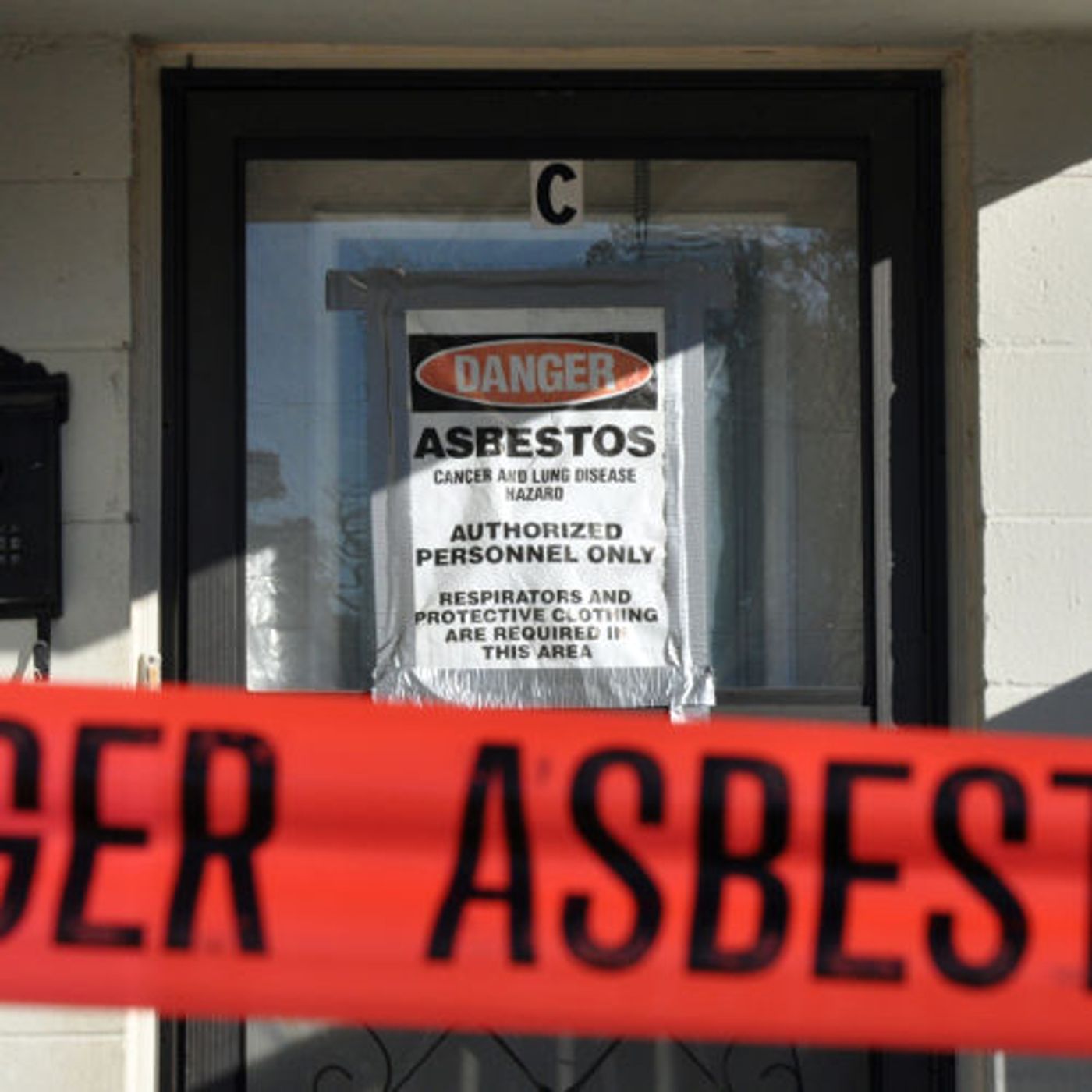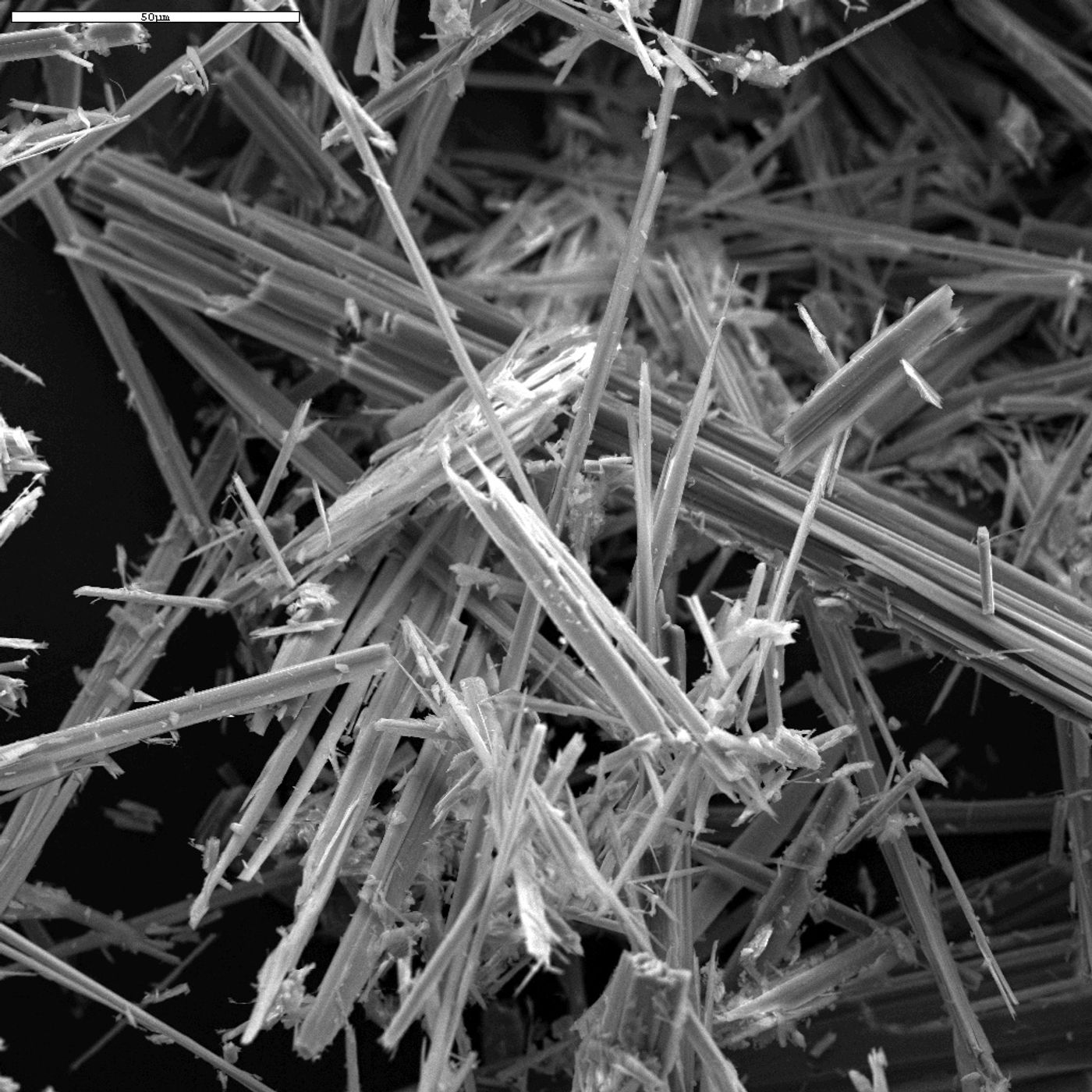Rare Cancer the Focus of Mesothelioma Awareness Day
More than 2,500 Americans are diagnosed with mesothelioma cancer each year. The cancer is rare but very serious - most patients diagnosed with the disease live just a short 12 to 21 months. Diagnosing the cancer is difficult due to the common nature of symptoms and the long latency period of the disease, with it taking anywhere from 20 to 50 years to manifest. Mesothelioma forms in the lining of the internal organs and symptoms vary based on where in the body the cancer originates. Most often the cancer develops in the lining of the lungs, but may also form in the abdominal cavity and lining of the heart.
Cause of the Cancer
Exposure to microscopic asbestos fibers is the only known cause of mesothelioma cancer. The fibers were often added to building materials from 1930 through the 1970s. Once the carcinogenic properties of asbestos were discovered in the United States, use of the material waned, but the toxin is still legal in the country. In 2016, the United States importation of asbestos nearly doubled from that of 2015. Currently, the primary user of raw asbestos is the chloralkali industry.
When disturbed the microscopic fibers are released into the air where they can then be inhaled or ingested and embed in the lining of the organs. The needle-like structure of the fibers creates scarring in the thin membrane of the organs.
Additionally, the shape allows the fibers to stick to anything they come into contact with. The small, thin shape enabled the fibers to travel from the initial exposure point to other secondary places where other communities of people are put at risk.
The Most Impacted Demographics
Many think of mesothelioma cancer as an older man's disease, but the face of the disease is changing. This shift is in part due to the ability of the fibers to travel on the clothing of men working in professions that are vulnerable to asbestos exposure. Historically military personnel, firefighters, mechanics, electricians, and construction workers were most at risk for asbestos exposure.
During the peak years of asbestos use, these blue-collar occupations were largely seen as “man’s work,” so initial exposure on the job site impacted more men than women. Secondhand exposure, though, resulted in many wives and children of these men to face potential mesothelioma diagnoses.
There is still a widespread risk of asbestos exposure in America today. Most modern asbestos exposure occurs as a result of its use in building materials. Many older homes were built with asbestos-containing materials (ACMs) and homeowners are exposed when completing DIY repairs. Asbestos can be found in wallpaper, flooring, ceiling tiles, piping, and insulation, among other products. Homes built between 1930 and 1980 should be inspected by an abatement professional before completing any renovation projects to avoid exposure.
Signs and Symptoms
The rarity of the disease can complicate the diagnostic process as a patient's primary care doctor may have never seen a mesothelioma case before and be unaware of the disease’s intricacies. Due to the lack of widespread knowledge, the cancer is often initially misdiagnosed as more common illnesses like the flu or pneumonia. Most patients require the care of a mesothelioma specific doctor. Unfortunately, the cancer has often progressed into the later stages and metastasized before properly being identified. Once in the third or fourth stages, patients are often no longer viable candidates for treatments and seek palliative care.
Empowering individuals who may have experienced asbestos exposure with the necessary facts is imperative to increasing early diagnoses and improving prognosis. Educating these individuals on the symptoms of mesothelioma cancer can help them track their health and request a doctor they were previously exposed. Pleural mesothelioma, the most common form of mesothelioma cancer, occurs in the lining of the lungs and symptoms include shortness of breath, fluid buildup in the lungs, and chest pain. Peritoneal mesothelioma is the second most common form and symptoms include stomach pain and weight loss. Pericardial mesothelioma, developing in the heart, is extremely rare and symptoms mimic a heart attack.
Preventing the disease
Mesothelioma has no cure and as a rare cancer few research dollars are dedicated to the disease. With little being done to find a cure for those already diagnosed with the disease the impetus is put on preventing further exposure to asbestos. September 26 is Mesothelioma Awareness Day and there are over 20 million people in the United States at risk of developing mesothelioma. Through awareness and education, the hope is that the number of Americans at risk can trend smaller year after year.
Source: This article was written by Rachel Lynch, the press and media coordinator for the Mesothelioma Cancer Alliance (MCA). The organization's work is focused on awareness and advocacy for mesothelioma cancer and aims for a complete ban of asbestos in the United States. Her focus is on raising awareness of asbestos exposure and ensuring all at-risk communities are aware of the potential health impacts.










